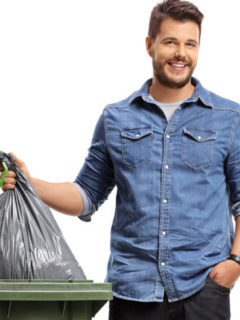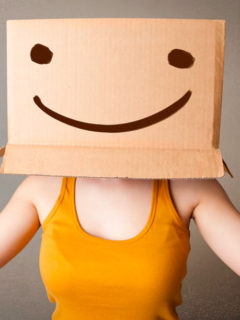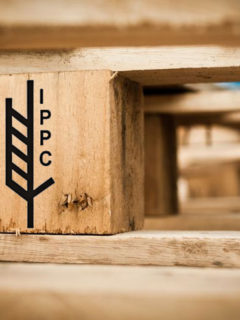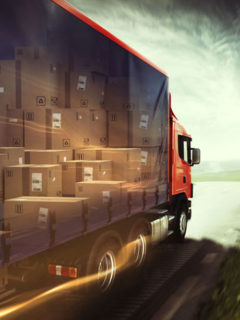With a choice of more than 1,250 cardboard boxes, RAJA boasts a suitable box for every product.Once your parcel has been successfully delivered, the question is what to do with the cardboard.In this article, therefore, we will look at all aspects of cardboard and paper recycling.
The history of the RAJA Group shows that recycling has been part of our philosophy from the very beginning.What many people don’t know is that RAJA has had recycled cardboard boxes as part of its offering since it was founded in 1954.This range has expanded over the course of the past few decades to make RAJA Europe’s number 1 in the field of packaging.Today, environmentally friendly products are at the heart of the company.

1. Why is paper and cardboard recycling so important?
Paper and cardboard share the same raw material: wood (or, to be more precise, wood fibres).Wood is an entirely renewable product.We can plant, grow and prune trees endlessly.Unfortunately, due to the increasing demand for wood, the pressure on forestry is increasing.
Fortunately, we are able to recycle paper and cardboard very well.Recycling completes the cycle of raw materials and contributes to a circular economy: today’s waste becomes tomorrow’s raw materials.In this way we avoid waste!
- CO2 emissions are reduced (waste paper is collected and processed close to home).
- Less water and electricity are needed during production.
2. Reuse, compost or recycle?
What can you or your customers do with a used paper bag or cardboard box? Let’s take a look at the 3 most popular applications from an environmental perspective here: reuse, composting and recycling
► Reuse
Why throw something in the bin if it’s still useful? Many consumers reuse an old crate to,
for example,
return goods.A paper bag is also very useful when you want to go shopping.
For those who want to take it a step further, there’s the concept of “upcycling”: you give your bag or crate a completely new function than the one it was created for.Click here for some examples ofpackaging upcycling.And for those who work in a warehouse: use your used cardboard boxes to make cushioning material.All you need is a cardboard cushioning machine.
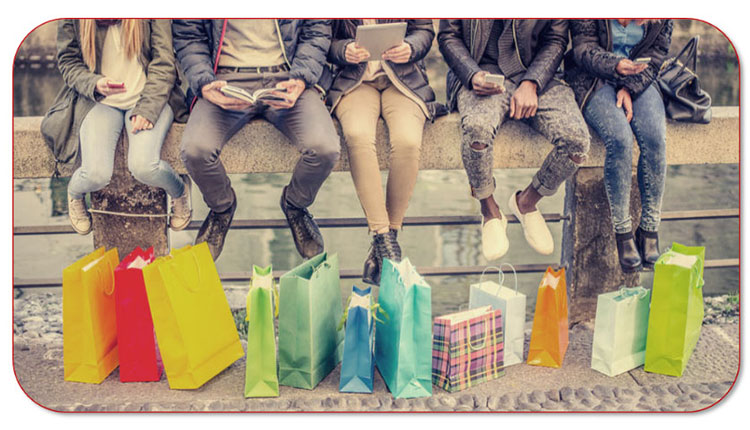
►compost
Paper and cardboard are made from wood: an organic raw material. The main advantage of this process is that it can be broken down naturally by the environment. For those who want to compost it at home, follow these tips
- First cut the cardboard/paper into small pieces, the smaller the better.
- Then make sure everything is wet – a moist environment speeds up the composting process considerably.
- Place brown paper, cardboard, dead leaves and kitchen waste on top of each other, together they will form an ideal fertile ground.
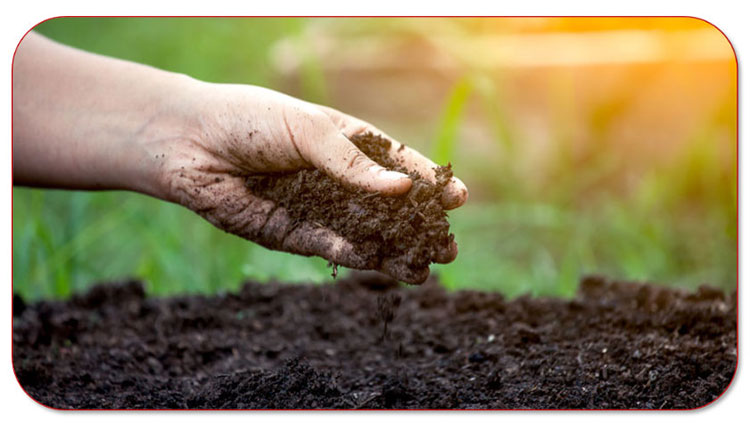
► Recycle
[Unlike composting, recycling offers more possibilities. Recycling closes the waste loop and cuts down fewer trees. For businesses, this is the most recommended method of processing
- In Belgium, about 90% of paper and cardboard waste is recycled1.
- On average, 75% of RAJA’s cardboard boxes are made of recycled materials.
- Cardboard can be recycled up to 10 times
- Paper can be recycled up to 7 times
each time waste paper is recycled, its wood fibre composition changes, so throughout the recycling cycle, paper is transformed into various end products.2 Waste paper is first given a new life as paper, and then, once the first few cycles are complete, it is transformed into cardboard boxes.
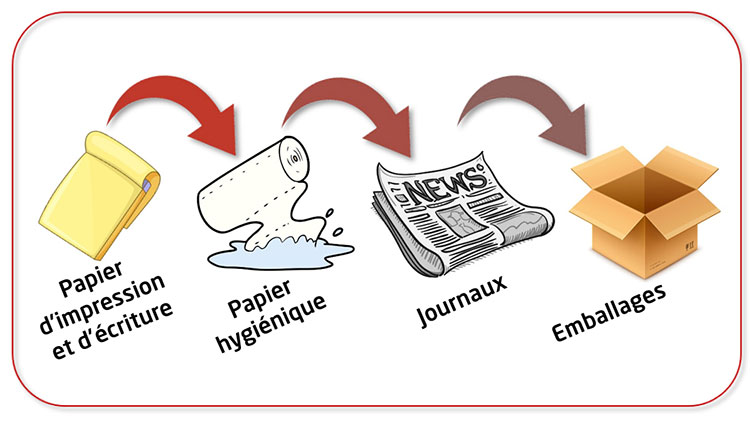
3. What does it look like to recycle old cardboard boxes?
Before handing over your paper or cardboard waste to the waste collector, it is best to sort it properly
- Remove any staples or tape from the box. A little tape is not forbidden (there is a tolerance of 3% impurities). If there is paper tape or gummed tape on your box, you can leave it on. It will be recycled with your box without any problem.
- Flatten your crate.
- Keep the waste paper and cardboard dry, so it is easier to process at the paper mill.
once it
arrives at the mill, waste paper and cardboard will undergo a series of processes.3 The end result is a new product that can easily be used for consumption
- Step 1:during this process, any remaining staples, plastic or string are removed.
- Step 2: the pulp is then de-inked and bleached.
- Step 3:the white pulp is pressed and dried.
- Step 4:the new paper is ready for further processing.
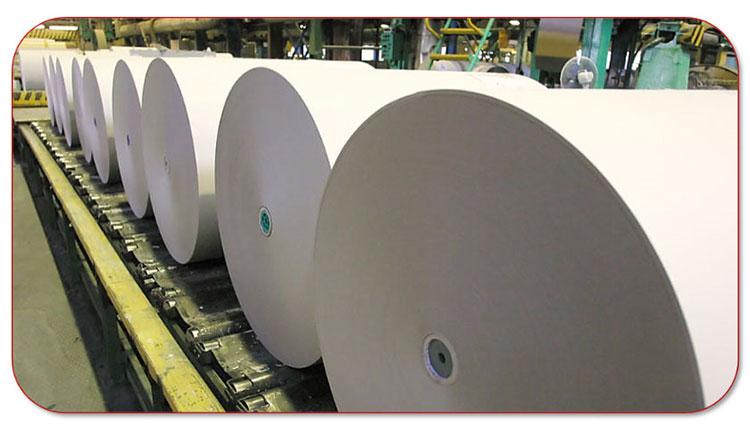
4. Some facts about paper and cardboard
-
Paper is about 2000 years old and was invented in China, and in the Middle Ages it came to Europe via Arab traders.
-
For the cardboard box, we can blow out more than 200 candles. The first box was marketed in England in 1817.
-
An average of 20 to 25 kg of waste (staples, strings, ribbons, etc.) remains on 1000 kg of paper.
-
Coca-Cola is working with a Danish company to develop a paper bottle with the aim of replacing all plastic bottles4.
-
Research shows that 51% of consumers prefer paper cushioning to fill a box5.

Sources :
1www.statbel.fgov.be/nl/themas/leefmilieu/afval-en-vervuiling/verpakkingsafval#panel-12/
2 www.paperchainforum.org/fr/papier-et-recyclage.php
3 www.fostplus.be/fr/trier-recycler/tout-sur-le-recyclage/recycler-le-papier-carton
4 www.nl.cocacolabelgium.be/stori











